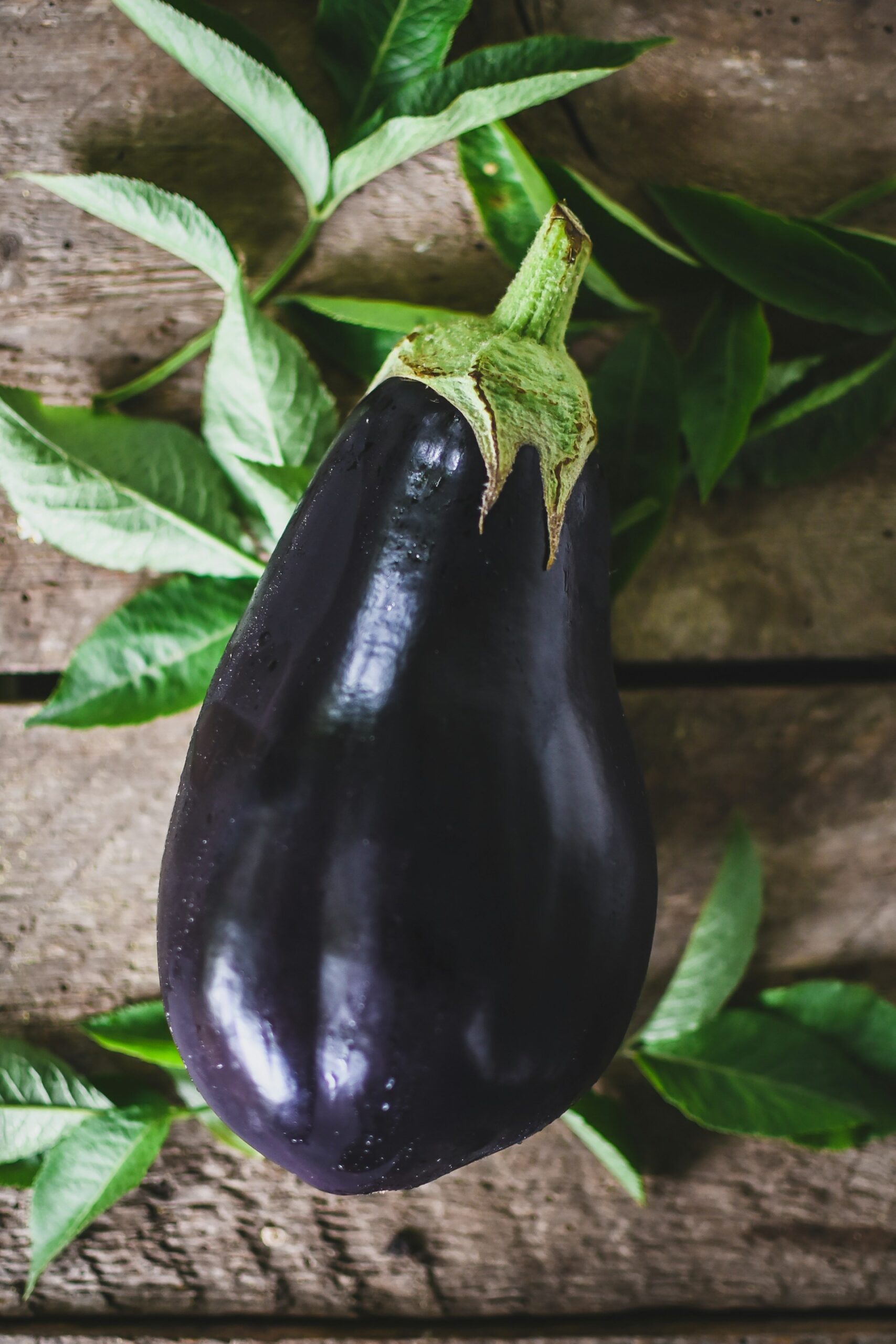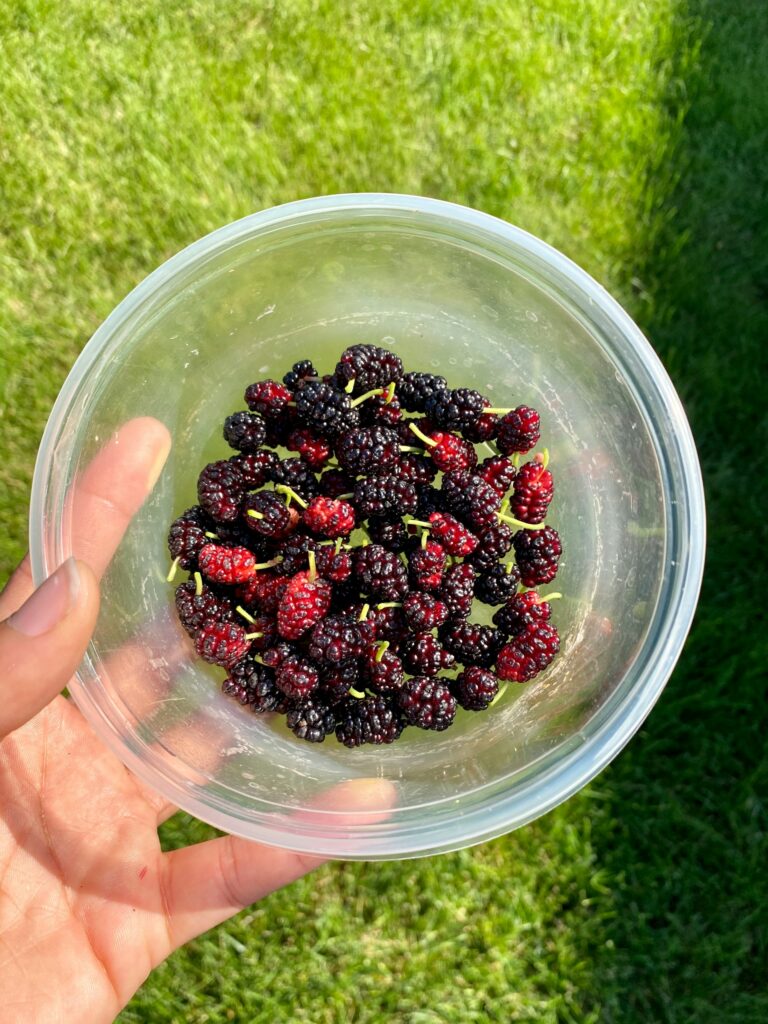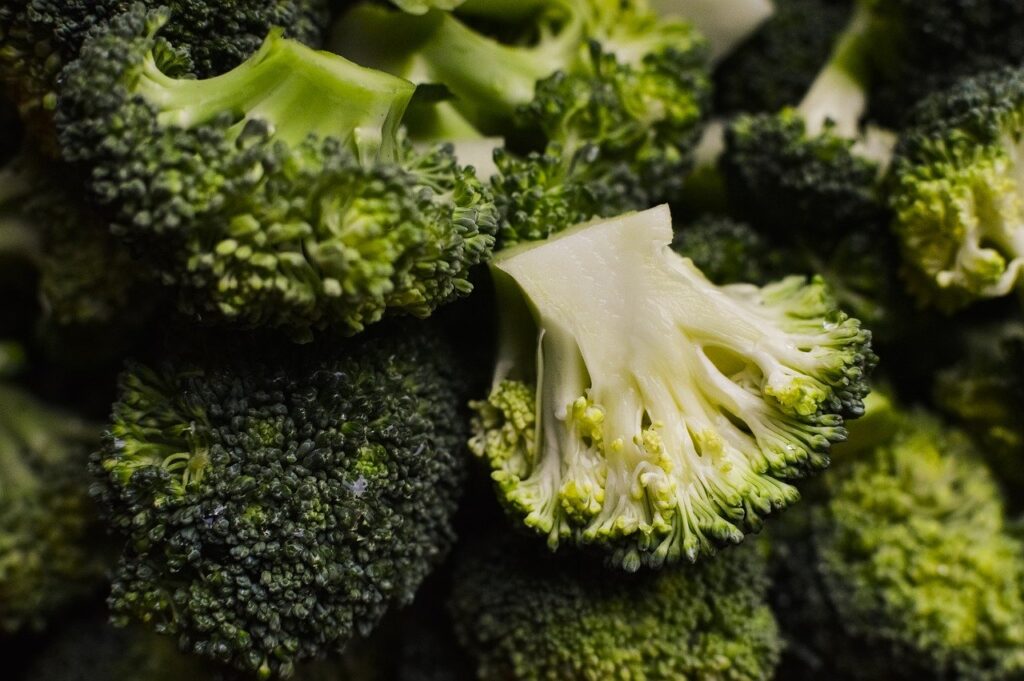
Eggplants, known for their vibrant purple hue and versatile role in many culinary dishes, are a popular choice for home gardeners. As a member of the Solanaceae family, which includes tomatoes and peppers, eggplants have similar growing needs, such as warm temperatures and well-draining soil. However, one difference that often comes to the forefront is the plant’s structural support needs. Gardeners considering adding eggplants to their array of vegetables might wonder if these plants require a trellis or other types of support to thrive.
The answer hinges on the variety of eggplant and the conditions of the garden where it’s grown. Some varieties of eggplant have a bushier structure and may stay upright without assistance, while others have larger fruits that can weigh down the plant’s stems, necessitating some form of support. Implementing a trellis system not only helps in maintaining the plant’s structure but can also facilitate better air circulation, reduce the risk of disease, and ease the harvesting process. Whether or not to use a trellis is an important consideration that can impact the overall health and yield of your eggplant crop.
Key Takeaways
- Eggplants may require a trellis to support heavy fruits and maintain plant structure.
- Choice of support affects eggplant health, air flow, and ease of harvest.
- The need for a trellis varies with different eggplant varieties and garden conditions.
Choosing the Right Support for Eggplants
When growing eggplants, selecting the appropriate support is crucial to manage the weight of the fruit and ensure healthy plant growth.
Types of Trellises
There are several trellis options suitable for eggplant support. Wooden trellises are a sturdy choice and can be built to various heights and widths. Metal trellises offer durability and can handle the weight of mature eggplants effectively. Gardeners can also use twine to create a simple, cost-effective support system by stringing it between stakes.
Alternatives to Trellises
Eggplants can be supported by methods other than traditional trellises. Cages, similar to those used for tomatoes, provide ample support for the plants to grow upwards while also handling the wind. Stakes represent a minimalistic approach, where a single stake is driven into the ground next to the eggplant, which can then be tied to the stake for support.
Considerations for Space Efficiency
When space is at a premium, efficient use of the garden area is key. Container gardening allows for growing eggplants in pots, which may require smaller trellises or compact cages. For those using raised beds, selecting a support that maximizes vertical space without overcrowding is beneficial. The size of the trellis should correspond to the container or bed size to optimize garden space.
Factors Affecting Support Choice
Several factors influence the decision on the type of support to use for eggplants. The size and weight of the eggplant variety are critical, as larger varieties will need stronger supports. Wind can also impact the choice, as areas with strong winds may necessitate heavier or more securely anchored supports. Furthermore, the shape of the fruit and the growing habits of the varieties should guide gardeners on whether a trellis, cage, or stake is best suited for their garden.
Eggplant Growth Requirements
Eggplants require well-prepared soil, consistent moisture, ample sunlight, and regular maintenance to produce healthy fruits. Gardeners must also be vigilant about pest and disease control.
Soil and Watering Needs
Eggplants thrive in well-drained soil rich in organic matter. A mixture of garden soil and compost is ideal for their growth. They prefer a soil pH between 5.5 and 6.8. When it comes to watering, eggplants need a consistent and adequate amount of water to ensure proper fruit development. Aim for at least 1 inch of water per week, either through rainfall or irrigation. It is crucial to maintain even moisture without waterlogging the soil.
Optimal Sunlight and Temperature
For optimal growth, eggplants demand a full sun location, which means at least 6 to 8 hours of direct sunlight per day. Temperature is equally critical, with eggplants favoring warm conditions. The optimal temperature range for growing eggplants is between 70°F and 85°F. They should be planted in the growing season when there’s no risk of frost to ensure the necessary warmth for germination and growth.
Pruning and Maintenance
Regular pruning helps eggplants focus their energy on fruit production rather than excess foliage. Remove any suckers, which are shoots that grow from the base of the plant, as well as any excess branches that don’t bear fruit. This not only improves air circulation but also reduces the risk of diseases. Additionally, staking or using a trellis can support the plant’s structure as it grows and produces heavy fruits.
Preventing Pests and Diseases
Eggplants can be susceptible to a variety of pests and diseases. To prevent these, it’s advised to practice crop rotation and use disease-resistant varieties if possible. Apply mulch around the base to retard weeds, retain soil moisture, and reduce the chance of soil-borne diseases. Regularly inspect plants for signs of pests like aphids, flea beetles, and spider mites. Treatment may involve hand-picking pests, utilizing insecticidal soaps, or implementing biological controls.
Harvesting and Post-Harvest Care
Effective harvesting and post-harvest care ensure the optimal quality of eggplants and can influence the success of future cultivation. Proper timing, handling, and storage are essential for maintaining the health and yield of the fruit.
When and How to Harvest
Eggplants should be harvested when they reach the desired size and their skin has a glossy appearance. A mature eggplant typically weighs between 1 to 3 pounds. They should be cut from the plant using pruning shears, leaving a short piece of the stem attached. It’s crucial to harvest eggplants before they start to turn yellow or brown, which is an indicator of overripening.
- Ideal Harvest Signs:
- Glossy, unblemished skin
- Firm fruit
- Slight indentation remains after a gentle press
Storing Eggplants
Once harvested, eggplants are best kept at a temperature of around 50°F to 54°F with high humidity. They can last for about one week if stored properly. Store them in a cool, dry place away from direct sunlight to avoid deterioration.
- Storage Tips:
- Keep in a perforated plastic bag
- Do not refrigerate (unless cut or peeled)
- Avoid storing with ethylene-producing fruits
Seed Saving and Future Cultivation
To save seeds for future cultivation, select healthy fruits from vigorous plants. Once an eggplant has surpassed its peak harvesting stage and the skin begins to fade and wrinkle, it’s ready for seed extraction. Cut the aubergine open and scoop out the seeds. Clean and dry the seeds before storing them in a cool dry place.
- Seed Saving Steps:
- Choose overripe, healthy eggplants from a desirable cultivar
- Extract seeds and remove pulp residue
- Rinse seeds and dry thoroughly
- Store in a marked envelope, indicating cultivar and harvest date




